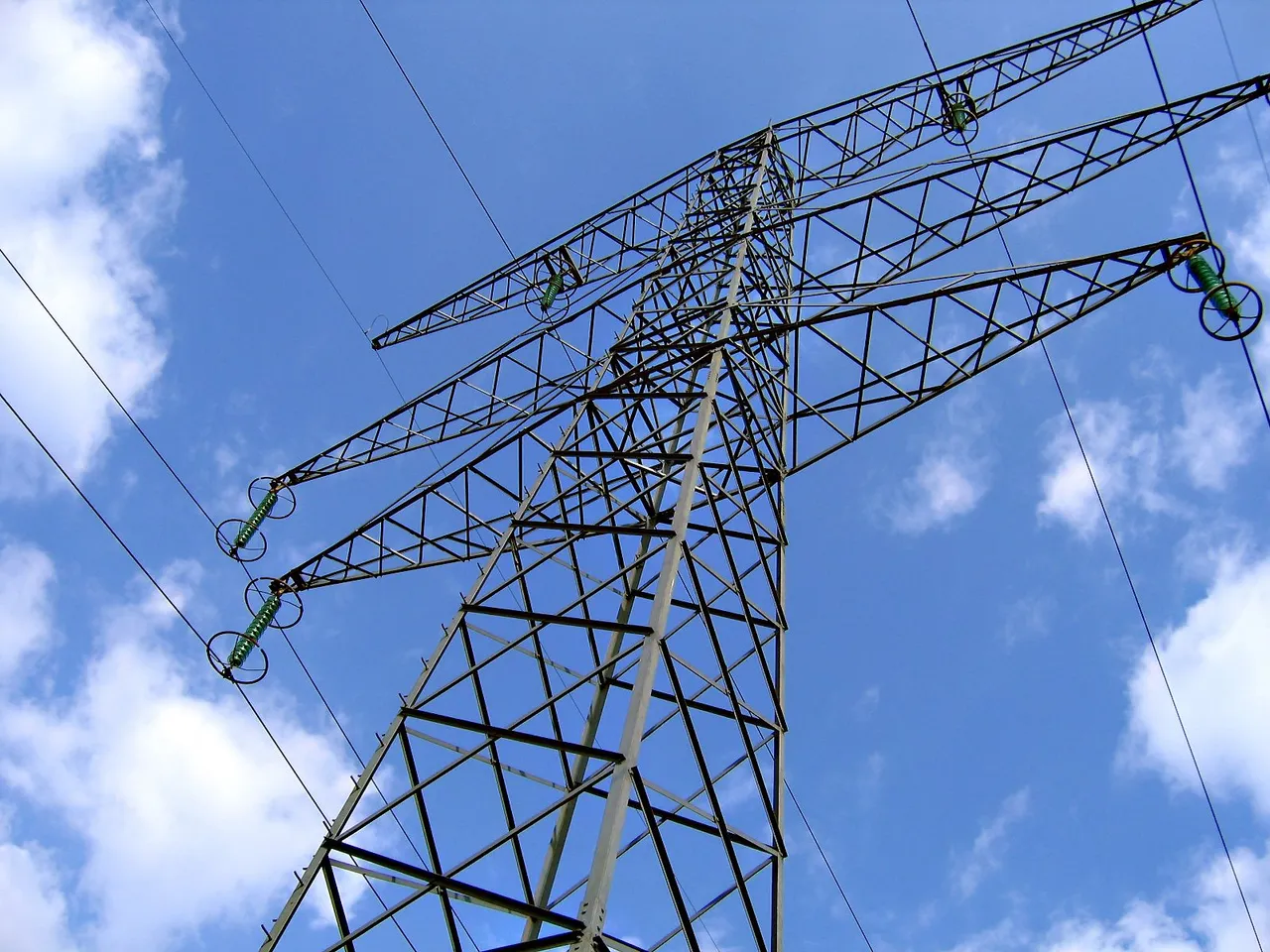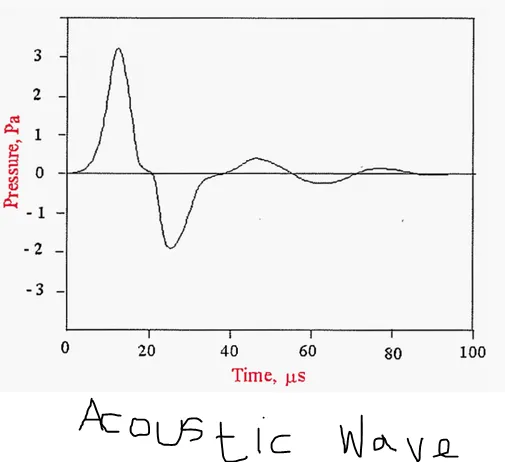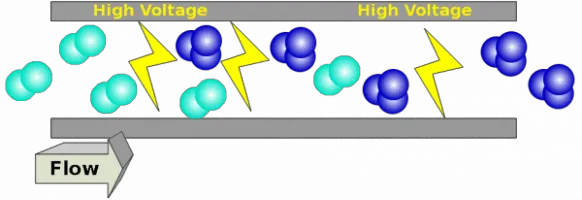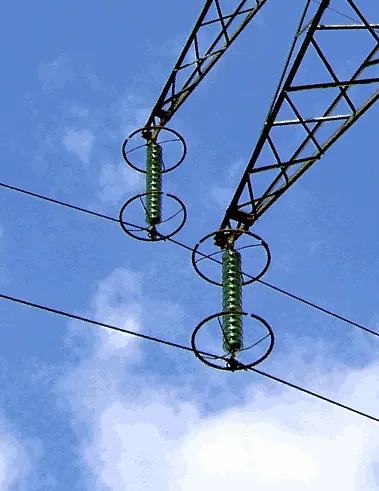
Have you ever walked close to a high voltage transmission line and heard this hissing sound emanating from the line, and wondered what causes the noise, and if it was dangerous walking close to it. Or maybe you have noticed a violet coloured air formed around the conductor, and wondered how it came to be. Well, I’ll be discussing a very interesting and important phenomenon in high voltage transmission known as the CORONA EFFECT.
What is corona effect or discharge?
The ionization of gas molecules around a conductor carrying high voltage is known as corona discharge. Bulk electricity can only be transmitted from point of generation to usage at high voltage. Current is a desirable quantity, but transmission at high current is not feasible[^1]. Corona occurs as positive and negative, with not much difference in their characteristics.
The hissing noise of the transmission lines is caused by Corona Discharge.
When a conductor is made to carry current or when a potential difference is applied between two conductors or cables as the case maybe, an electric field also known as potential gradient is formed around the conductor – one reason why it is not advisable to hold up metals when passing under high voltage transmission line, to avoid inducing current in the metal which could be dangerous to the health. This electric field formed around the conductor makes free electrons present in the air to gain more velocity. When the electric field or potential gradient at the surface of the conductor is large enough say about 30kv/cm, neutral electrons will be hit by high velocity electrons and dislodged so that an eventual ionization of the air molecules occur. This effect of voltage on the air molecules is known as the Corona Effect.
Effects of Corona
In most high voltage applications, corona is not desired, and as such has to be minimized. This is due to its side effects.
- Power losses.
Electric field that causes corona is a loss to the overall power system and it is referred to as corona loss. On the transmission line, a sinusoidal voltage applied to the cables or conductors causes a capacitive current or a current that lags voltage to be drawn from the power source with small amount of resistive losses or I2R losses. But the movement of ions in the air caused by high voltage gives rise to an additional alternating current component. Mostly, this current component is in phase with the voltage and therefore gives rise to power losses in terms of I2R, which is referred to as corona losses.
Note: This type of loss is not desired, because high voltage transmission was designed to limit this kind of loss.
- Electromagnetic Interference.
Majorly corona occurs at sharp edges and are generally taken to be randomly distributed along the length of the conductor. The density or intensity of corona sources can be affected by weather and other environmental conditions. Corona produces transient current pulses that can have a rise time range of 10 – 50ns and last for a duration of about 100 – 250ns with current ranging from 1 – 50mA. These transient current pulses generate Electromagnetic Interference (EMI)[^2] over a range of frequencies. The EMI characteristics is a direct function of the frequency spectral characteristics of the current pulses which are also direct function of the corona characteristics. Corona and gap discharges have high range of frequency spectrum and frequency bandwidth respectively. The EMI produced by the combination of both quantities covers both television and radio frequency bands and extend up to 1GHz. The longer the cable is from the source of corona the more the attenuation and distortion until the amplitude goes insignificant.
Note: The signal generated can be regarded as an interference or noise, and can affect RF and T.V frequency in the surrounding.
- Audible Noise.
Just like what happens in the previous effect, the transient current increases and decreases rapidly over a short duration, while the air surrounding the conductor is ionized, an acoustic pressure wave is generated which is dependent on spontaneous increase in the gas pressure. Image shows the waveform of the change in acoustic pressure wave. This pulse graph highlights that the acoustic pulse is as a result of positive and negative corona with the positive side being the one majorly responsible for majority of the pulse and has high amplitude. It can therefore be concluded that positive corona constitute majority of the audible noise on the transmission lines.
Another source of audible noise is the oscillatory movement of ionic space charges created around the current carrying conductor. As the ionic space charges oscillates in the electric field around the conductor. Kinetic energy of the ions are transferred by elastic collision with air molecules. An acoustic tone is generated at a frequency twice the transmitting frequency, which is 50 or 60 Hz as the case may be.
- OZONE Formation
While ionization takes place, complex electro-chemical processes also takes place, details of which would not be covered in this article. For instance, oxygen molecules have been disassociated by ionized air in the atmosphere to form atomic oxygen, and later to form ozone and other nitrite-oxide gases.
- Corona induced Vibrations
Both positive and negative corona creates ions of the same polarity which is repelled from the highly stressed conductors.
Note: the vibration of the conductors may become slower or at a lower frequency due to presence of rain drops on a rainy day. Frequency that falls between 1-5 Hz.
There are however certain factors that either contributes to it or reduces it and can be an important information to be aware of.
FACTORS AFFECTING CORONA
- Atmosphere.
Since the effect is caused by ionization of air molecules. Free electrons in the air suggests that the air could have been pre-ionized to an extent. The amount or density of free electrons in the air would directly impact the quantity of corona generated. Hence, in stormy weather for example, the amount of free electrons increases and therefore corona is likely to occur at a much lesser voltage.
- Conductor shape and size
If there is too much rough surface or pointed edges or whatever irregularities, electric field will be concentrated at a point resulting in more corona or at a lower voice. Conductors that twisted or stranded produces more corona than solid ones with smooth edges. The size is also an important factor in corona formation. A cable or conductor with larger diameter or cross sectional area will experience lesser corona as opposed to smaller diameter cables.
- Spacing between cables.
When the distance between the two cables is sufficiently much, the electric stress between them is as well reduced. This shows that the shorter the distance between two cables the easier and faster it is for corona to be formed.
- Line Voltage
The magnitude of the voltage across the line will determine the intensity and duration of the corona.
A vital question is can it be avoided or removed?
How to reduce the corona discharging
It is clear from the above why it is important to avoid it. Losses are created along the line which is in form of sound, heat, chemical reaction and light
- Corona Rings
- Increasing the conductor size
- Increasing the distance between conductors
- Use of bundled cables.
CONCLUSION
Whenever you pass by a high voltage transmission line, and hear the hissing sound coming from the conductors or you see those violet coloured air molecules around the conductor, you do not have to wonder why it is so or what causes such sound on the conductors.
Personal Advice: When passing under the high tension cables, do not attempt to lift high any metal in your hand as it could result in electrocution, this includes your umbrella.!
REFERENCES
Corona discharge
Effects of corona discharges
Corona discharge - its effects and methods of reducing it
[^1] Reasons why it is not feasible to transmit power at high current will be discussed in my next article.
[^2] https://en.wikipedia.org/wiki/Electromagnetic_interference to learn more about EMI
If you write STEM (Science, Technology, Engineering, and Mathematics) related posts, consider joining #steemSTEM on steemit chat or discord here. If you are from Nigeria, you may want to include the #stemng tag in your post. You can visit this blog by @stemng for more details.



